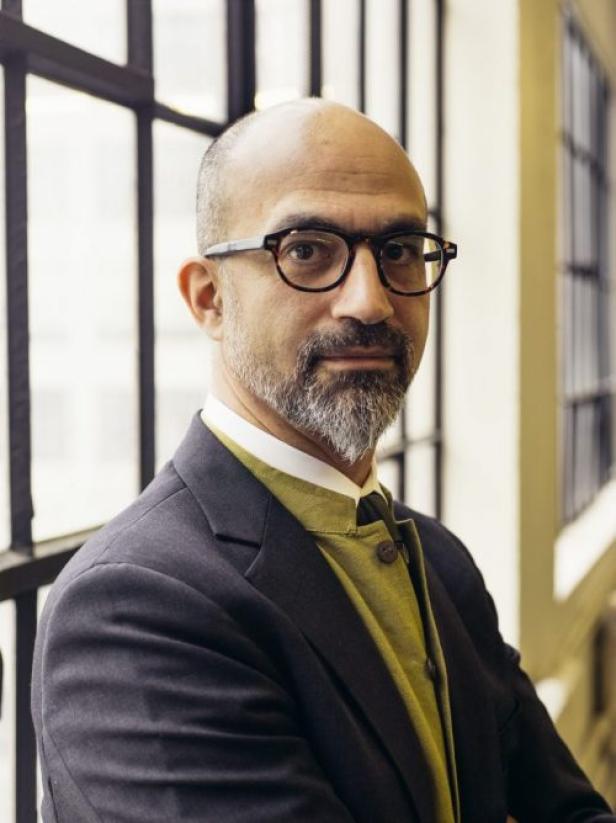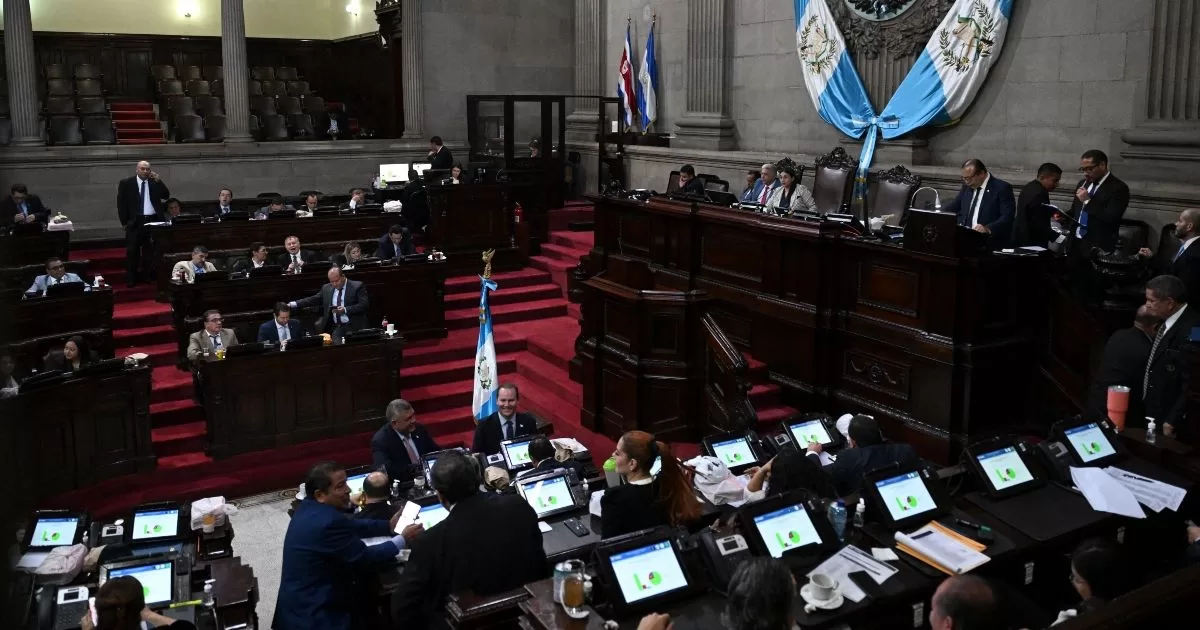© Sino-Singapore Tianjin Eco-city Development and Investment
The eco-city of Tianjin in China relies on renewable energy and a circular economy. Construction began in 2008
New city projects boast of being particularly sustainable. The futuristic city “The Line” promises about renewable power generationsustainable water supply from seawater and ecological Groceriesthat are grown within the plant.
MIT professor John E Fernandez researches how cities can be made more environmentally friendly. He doesn’t think much of projects like “The Line” and is convinced that existing cities will also change significantly in the coming decades. So what will a city look like in 20 or 30 years?
MIT-Professor John E. Fernandez.
© MIT
futurezone: For 15 years you have been researching how cities can become more sustainable. What have you found out since then?
John E Fernandez: When I set up the research group for Urban Metabolism founded, we wanted to find out how a city could become truly sustainable. Some kind of movement started in this direction 15 years ago, eg there were awards for “Green Cities” – but nobody really knew what a sustainable city was. In recent years, cities have also become more mindful when it comes to sustainability. Global warming played a major role.
Do sustainable cities already exist today or do they only exist in our imagination?
There are already many cities that take sustainability seriously. Cities like Hamburg and Berlin have large district heating networks that are significantly more efficient than individual heating systems in buildings. Another example is Singapore: There are sophisticated systems there to monitor traffic, energy or water consumption and save there. Other examples would be Curitiba in Brazil or Bogota in Colombia: Curitiba was one of the first cities to use a network of express buses, and in Colombia a bicycle culture was built from scratch. But there is no truly sustainable city in the world. The notion that a city can be self-sufficient within its borders is a misconception. There has never been a city like this, not even villages can do it.
Are there sectors that are particularly easy to make climate-friendly?
Energy, water, food, transport and waste processing are relatively easy to intervene in. In the US city of Alexandria, Virginia, there is a waste incineration plant that generates energy in the middle of the city. Of course you want to recycle as much waste as possible, but what cannot be recycled is at least converted into energy. Also in Shenzhen in China with 18 million inhabitants* the majority of the waste goes to plants where energy is generated from it. But all these adjustment screws must be tackled by cities together. Increasing biodiversity in cities is just as important as measures to combat global warming.
What do you mean by that? More parks?
For example. Biodiversity in cities is limited but important. More trees, more parks, but also more wetlands or streams that were previously drained or sealed. For example, setting up beehives in cities can help to promote biological diversity.
Different cities around the world have different challenges. How do you develop solutions for each individual city?
Cities can be divided into groups. The problems of cities in similar countries or similar climates overlap a lot, but other cities around the world face similar challenges. It depends very much on how developed and how strong the inequality is in a city. Cities that reduce inequality and raise living standards are also better able to adapt to global warming. This includes most European cities, some coastal US cities, or some in South America. African cities are struggling with completely different problems, such as their enormous population growth. Almost 90 million people are expected to live in Lagos in Nigeria by the end of the century. That’s double Tokyo.
Ultimately, African cities are also doing what cities do best – namely producing wealth and raising the general standard of living. And that will inevitably lead to people consuming more. This will increase the pressure on the food and climate system even more.
The argument is often made that Life in the city is more sustainable than in the country. You don’t necessarily need a car and you live in a comparatively smaller space. Is that correct?
Well, you can live more sustainably in the city than in the country – with an emphasis on “can”. But the reality is more complicated. In such calculations, consumption by city dwellers is usually not taken into account. And as we know, this continues to increase as people become more prosperous. However, I want to emphasize that you can definitely live more sustainably in the city.
Let’s move away from existing cities and into new urban projects – the most famous being arguably The Line in Saudi Arabia. How sustainable can such a city be?
You have to differentiate between construction and operation. Most of the materials used in the construction come from far away, so the carbon footprint is enormous. For operation, the city could be supplied mainly by solar and wind energy. The systems do not have to be built directly in the city, but can be located anywhere in the country.
However, I am concerned about the vision and marketing behind The Line. If you told me to build a city that relies on passive ventilation, renewable energy, and geothermal energy, I’d be all ears. But truly sustainable cities always need some form of reduced consumption. And I can’t imagine that with The Line.
Are there positive examples of sustainable cities that are currently being built?
Some of China’s “eco-cities” are very much committed to green energy, but also to circular economy. However, completely new cities are the exception. It is mainly existing cities that set aggressive policies for more sustainability.
Such an aggressive regulation would be an obligation for thermal rehabilitation.
The greenest energy is that which is not consumed. As early as 20 years ago, the IPCC report identified the construction sector as the sector where emissions can be saved most cheaply. Buildings are inherently inefficient, and making them more efficient doesn’t cost much. Another point is that buildings are often not monitored to see how well they are functioning. Pumps or heaters are not working optimally, the outer shell has thermal weaknesses – there are many small things that together make up a large part of the lost energy.
What do you think our cities will look like in 20 or 30 years? Will there be big changes or will the improvements take place more beneath the surface?
I’m an optimist so I think we’re going to see some big changes. These changes will not be easy to pull off, nor will they happen immediately. By 2030 at least, most cities will have enforced regulations to reduce their carbon emissions. Transport will also change dramatically in the direction of e-vehicles – from e-scooters to e-cars. Working from home will become more prevalent in the coming years, which means that centrally located office districts will change. Rents will fall and maybe inner cities will become more diverse. Cities are becoming greener, with more trees and parks, all of which will have an impact in the next few years.
Will there still be room for personal cars in such a modern city?
That depends on the city. In dense cities, roads will become mainly single lane and more space will be given to pedestrians. But the car will not disappear completely. For one thing, we’re going to see fleets of autonomous vehicles in city centers — albeit taking longer than certain automakers would like us to believe. On the other hand, e-cars will change: to smaller, lighter vehicles that are made for the city.


